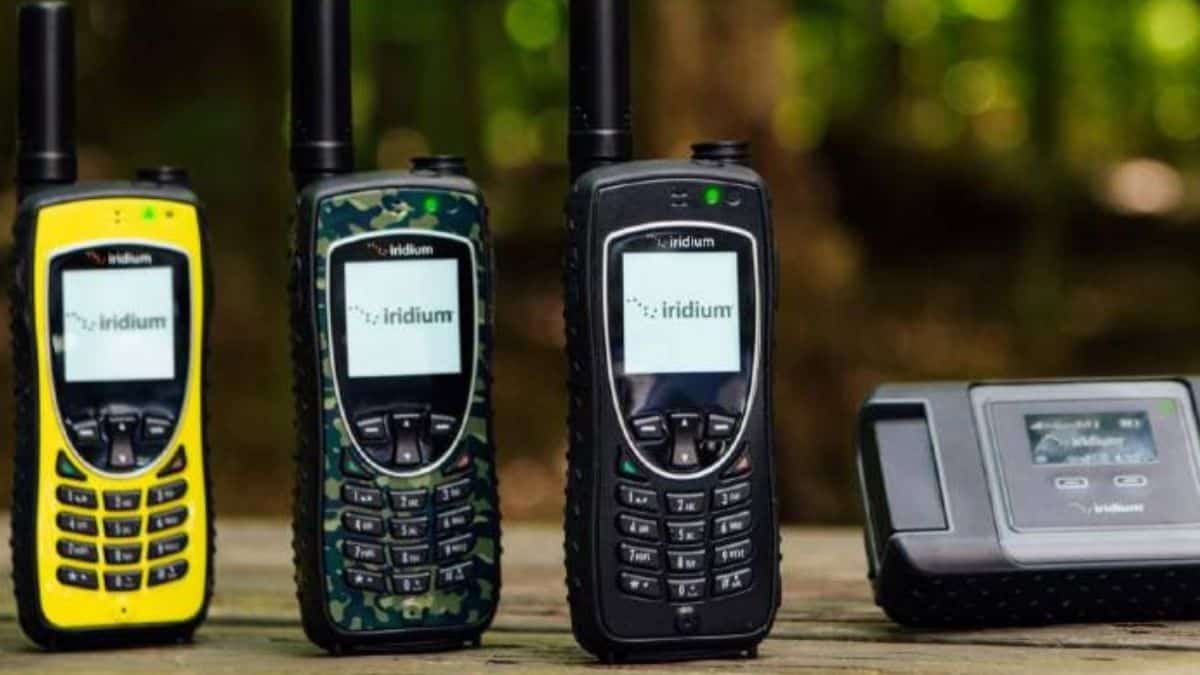All you need to know about satellite connectivity and how it works on iPhone

We’re less than a week away from Apple’s new iPhone 14 series, and predictably, rumors and leaks are rife. From the redesigned notch to fast charging support, one feature that may pique the interest of Apple fans is the rumored satellite connectivity capability, which, in principle, should allow the iPhone to communicate even when cellular networks are unavailable.
Cellular connectivity vs. satellite connectivity
If the names haven’t already given it away, satellite communication is based on, well, satellites. Unlike cellular networks, which rely on nearby cellular towers, satellite phones can operate in remote locations. This is because, while cellular towers constitute a very stable communication network around the world, they are limited to the location of neighboring towers, without which the connection may go bad or become completely worthless. Spotty coverage isn’t a problem for satellites, which typically cover the majority of the globe via multi-network triangulation, as long as you’re on the planet’s surface.
These gadgets are useful when you are in areas with poor network connectivity and require immediate assistance. Instances can range from becoming lost on a solo climb in the mountains to being a passenger on a ship in the middle of the sea. Satellite phones will also function in the event of a widespread power loss.
How do satellite phones function?
To use a satellite phone, you’ll need three things: a satellite phone, a satellite communication network, and a large budget, because satellite phones are pricey.
There are several satellite connectivity service companies. Iridium, Inmarsat, Thuraya, and Globalstar are among them. According to leaks and rumors, Apple is collaborating with the latter to deliver the capability to the iPhone 14-series.
Every satellite communication provider has advantages and disadvantages. If you use an Iridium phone, for example, you will have better coverage all over the world. Even if you’re in a location where your phone can’t connect to any of Iridium’s satellites, simply waiting a few minutes should get you connected because the satellites above you are continually moving. However, this means you may lose access again if the satellite shifts out of position.
Inmarsat satellites, on the other hand, are known to be located further away from the atmosphere and to be perfectly geo-synchronized with the Earth’s orbit. This allows the satellites to maintain their position in relation to the Earth’s position. While this assures consistent connectivity, it also means that if you don’t have any range in a specific region, you’re basically useless until you move into one of the satellite’s ranges.
Satellite phone rental and services
You must additionally pay for monthly/yearly plans after purchasing a satellite phone, which might cost hundreds of dollars per year. For all that money, you won’t get a lot of actual talk-time with these plans, which means you’ll have to pay more if you reach your limit.
With the cost of satellite phones ranging from $500 to $1000 and up, as well as other fees, many individuals contemplate renting a satellite phone instead. This makes sense if you are on vacation in a distant area and only need a satellite phone for the duration of your vacation.


